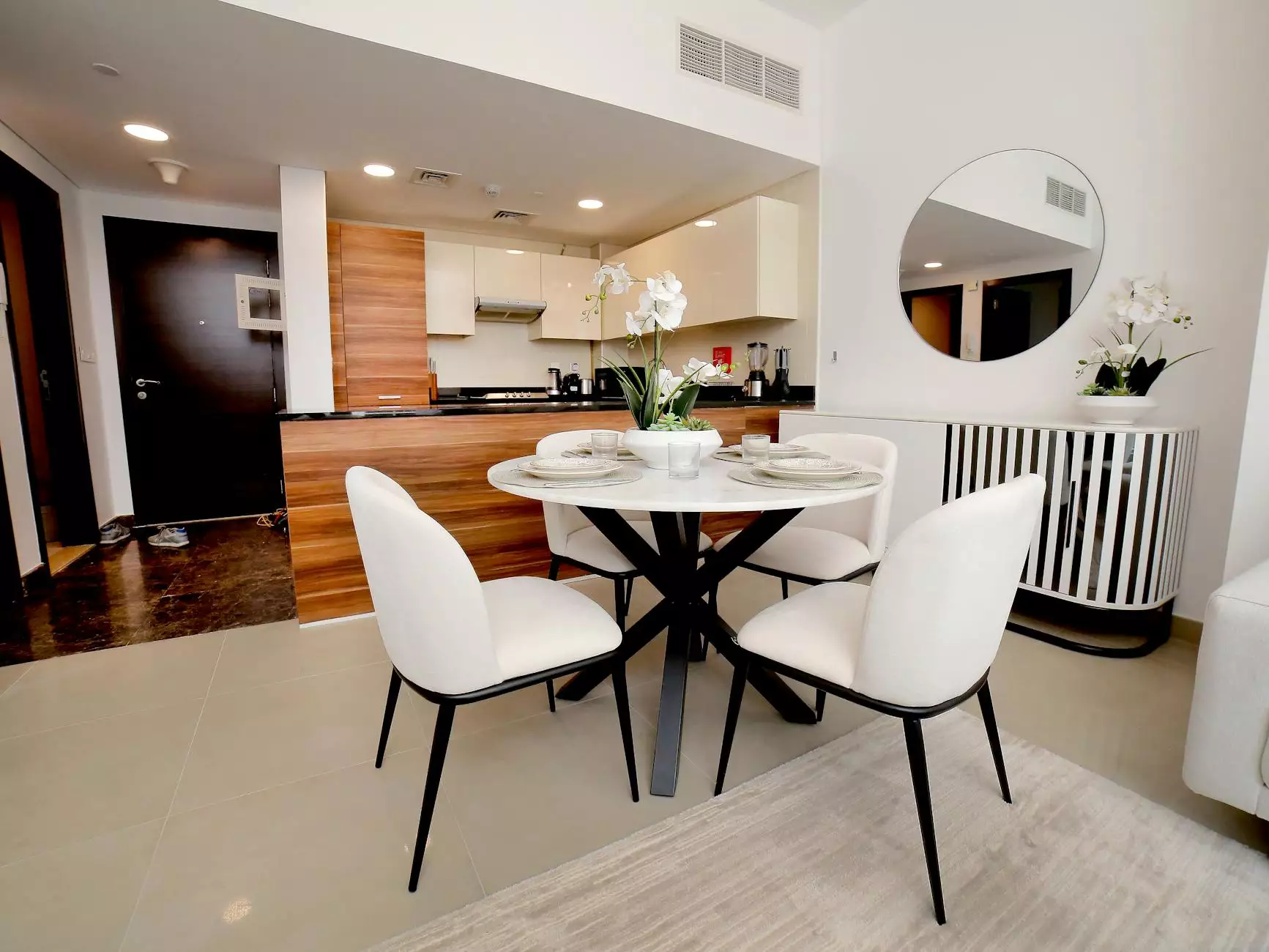How to Design a Reception Area Office

The reception area of an office is more than just a waiting space; it is the first impression clients and visitors have of your company. A well-designed reception area can communicate your brand values, define your business's professionalism, and enhance overall user experience. In this article, we will explore how to design a reception area office, focusing on the elements that contribute to an inviting and efficient atmosphere.
The Importance of Reception Area Design
The reception area serves multiple purposes, prompting questions about its design:
- How do you make visitors feel welcome?
- Does the design reflect your brand identity?
- Is the space functional and efficient for your staff?
A well-designed reception area is crucial for:
- Creating a Positive First Impression: The initial encounter can strongly influence how visitors perceive your business.
- Enhancing Visitor Experience: Comfortable and attractive spaces can lead to a better overall experience.
- Improving Workflow: An efficient layout can streamline operations and minimize disruptions.
- Brand Representation: The reception area is an opportunity to showcase your brand personality through design.
Key Elements of Reception Area Design
In any effective office design, it is essential to consider various elements that contribute to both form and function. Here are the crucial components to consider when designing your reception area:
1. Layout and Space Planning
The layout of your reception area plays a vital role in its functionality. Consider the flow of movement for both visitors and staff. Here are some tips:
- Open Space Concept: Utilize an open layout that encourages movement and reduces congestion.
- Zoning: Divide the space into clearly designated zones for waiting, reception, and informal meetings.
- Accessibility: Ensure that entrances and exits are easily accessible for all visitors, including those with disabilities.
2. Furniture Selection
The choice of furniture can significantly impact the aesthetics and comfort of the reception area. Consider the following:
- Comfortable Seating: Provide various seating options, such as sofas, armchairs, and benches, to accommodate different visitor needs.
- Functional Reception Desk: The reception desk should be visually appealing yet practical, allowing receptionists to work efficiently.
- Stylish Accessories: Incorporate decorative elements like coffee tables, reading materials, and plants that energize the space.
3. Color Schemes and Branding
Colors have a psychological effect on mood and perception. When deciding on a color scheme for your reception area, keep in mind the following:
- Brand Colors: Use your brand’s color palette to strengthen brand recognition.
- Warm and Inviting Tones: Select colors that are inviting and calming, such as soft blues, greens, or warm neutrals.
- Accent Features: Use bold colors sparingly for accent features, such as an accent wall or artwork.
4. Lighting Design
Effective lighting can enhance the reception area experience. Consider these aspects:
- Natural Light: Maximize natural light through windows and skylights to create an open atmosphere.
- Layered Lighting: Implement a combination of ambient, task, and accent lighting to create a balanced environment.
- Adjustable Lighting: Incorporate dimmable LED fixtures that allow you to change the ambience for different times of the day.
5. Artwork and Visual Elements
Art plays a significant role in setting the tone of your reception area. Consider the following:
- Local Art: Showcase local artists to create a connection with your community and support local talent.
- Brand Story: Use display areas to tell your brand story through visuals, such as images or infographics.
- Positive Messaging: Integrate motivational quotes or messages that resonate with your corporate values.
Creating a Welcoming Atmosphere
In addition to the physical elements of the reception area, cultivating a welcoming atmosphere is essential. Strategies to consider include:
- Friendly Staff: Train receptionists to be approachable and helpful, creating a friendly environment for visitors.
- Temperature Control: Ensure the area is comfortably heated or cooled for visitor comfort.
- Aromatherapy: Use pleasant scents, such as essential oils or fresh flowers, to enhance the sensory experience.
Technology Integration in Reception Areas
Modern reception areas now incorporate technology to improve efficiency and client interaction:
- Self-Check-In Kiosks: Allow visitors to check in themselves, streamlining the reception process.
- Digital Signage: Use screens to display welcome messages, company news, or videos that represent your brand.
- Wi-Fi Access: Provide free Wi-Fi to guests, making their wait more productive and pleasant.
Maintenance and Upkeep of Reception Areas
Once the reception area is designed, ongoing maintenance is vital to ensure it always looks its best:
- Regular Cleaning: Schedule routine cleaning and upkeep to maintain a professional appearance.
- Update Décor: Refresh artwork and furnishings periodically to keep the space feeling new and vibrant.
- Solicit Feedback: Encourage feedback from visitors and staff to identify areas for improvement.
Conclusion
Designing an inviting and functional reception area is an essential task for any business. By considering elements such as layout, furniture selection, color schemes, lighting, artwork, and technology, you can create a space that reflects your brand identity while ensuring a positive experience for every visitor. Don't forget the ongoing maintenance—the reception area is a dynamic space that benefits from regular updates and care. Following these guidelines on how to design a reception area office can enhance your company’s image and operational efficiency.
For expert assistance in creating a stunning reception area or for other general contracting needs, visit Antham Group. Our experienced team is ready to bring your vision to life.



